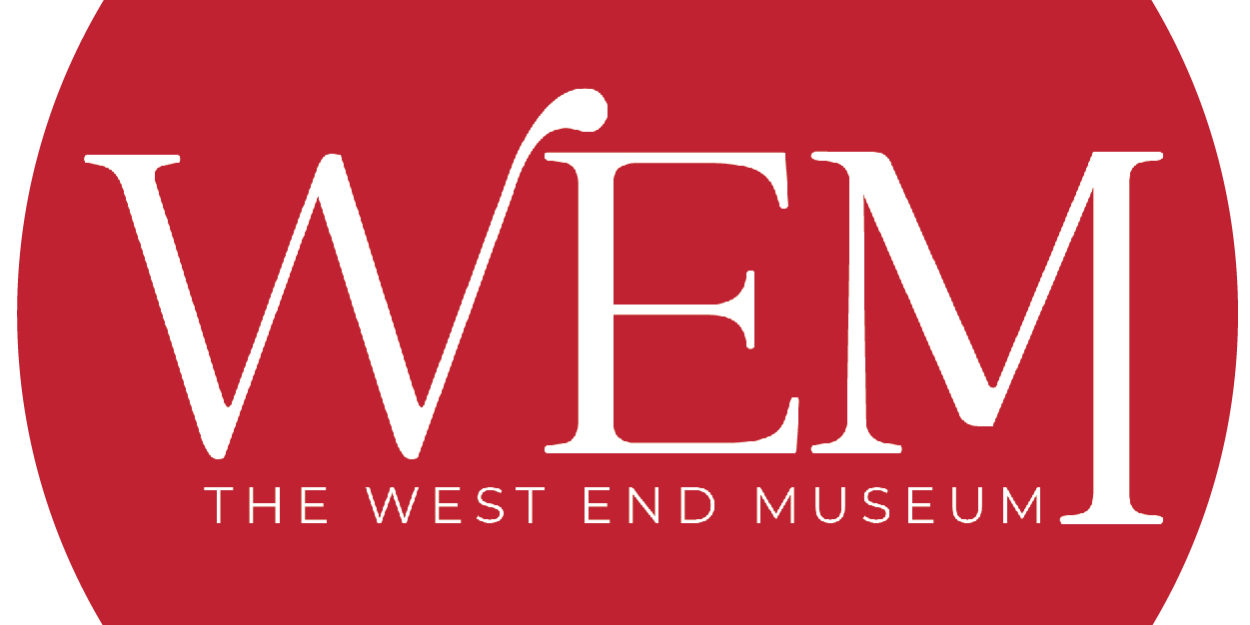November 2019 Newsletter
Community Engagement: Partnerships & Donations; Vilna Shul; Opposing MGH
By keeping a focus on instances of “common history” — West End stories and experiences that residents of different eras share — the Museum has helped to bridge the gap that once existed between old and new West Enders. For example, Matt Ellis is considered a new West Ender, having grown up in the Charles River Apartments, which sprouted where tenements once stood. Arthur Geller is an old West Ender, raised in the neighborhood prior to urban renewal. And yet, both of them went to the Peter Faneuil School. That gives them common history and common ground. The Museum has revitalized its focus on common history, leading people like Bryan Koop of Boston Properties and Henry Barr, a Jewish Heritage Month honoree, to feel included in the story of the West End. That inclusivity has helped bring about a new era of community engagement.
Partnerships & Donations
Alongside a fresh crop of businesses, restaurants, and residences, a new sense of community spirit is on the rise …
From the Archives: West Ender Video Newsletter; Digitization & Catalog
The West End Museum’s Archives are not just a source of material for use in our exhibits and social media. Authors and reporters, researchers and students, and old and new West Enders alike use this incredibly deep resource. Providing access to photographs, letters, news clippings, videos, and other artifacts that convey the rich history and culture of Boston’s West End serves a key element of the Museum’s mission. Here’s some recent news about the Archives:
The West Ender Video Newsletter
In a major feat, the Archives Committee has made the West Ender Video Newsletter (WEVN) — all volumes (over 175 episodes) — available on YouTube. Volunteer Lyra Piscatelli invested hundreds of hours transferring every tape in real-time to ensure transfer quality.
Hosted by Jim Campano, West End Museum co-founder and West Ender Newsletter publisher and editor, guests include …
Vaudeville: Voice of the City
Dec. 5 @ 7PM
$10 / Free to Members
Pre-registration required
Vaudeville at the Howard grew out of early variety theater and minstrel shows. Tony Pastor would later coin the term and use it as a moniker for family entertainment. Much of vaudeville’s early popularity grew out of entertainment from English music halls and Yiddish theater, and it would have a long relationship with the comedic side of burlesque. Duane Lucia, curator of “The Old Howard Theatre” exhibit, will present a documentary on vaudeville as well as related video clips. He will also lead an exhibit tour.
Burlesque 101
Dec. 19 @ 7PM
$10 / Free to Members
Pre-registration required
As early as 1858, Adah Isaacs Menken set the stage for what would become modern burlesque. Lydia Thompson and her “British Blondes” followed, along with Michael Leavitt’s female minstrels. And all performed at the Howard Athenaeum. In the late 1920s, as vaudeville pushed family theater, burlesque performers started to remove clothing in a more provocative way — giving birth to striptease. Duane Lucia, curator of “The Old Howard Theatre” exhibit, will share video clips as he traces burlesque’s history and evolution.
The Old Howard Theatre
Boston’s oldest and best-loved playhouse stood in the heart of Scollay Square, just steps from the old West End. Photographs, artifacts, and graphic panels trace the rich history — from opera, ballet, and serious drama to vaudeville and burlesque — of The Howard from its origin through its glory days and ultimate demise.
The Last Tenement
The vibrant history of the West End from 1850 to 1958 comes to life in this exhibit. Explore the area’s topography, architecture, and 19th century blooming. Trace its evolution into a densely populated urban district largely comprised of working-class immigrants from over 20 different ethnic and racial backgrounds.


